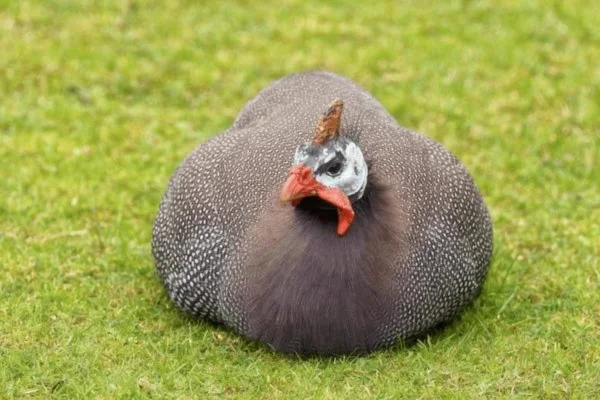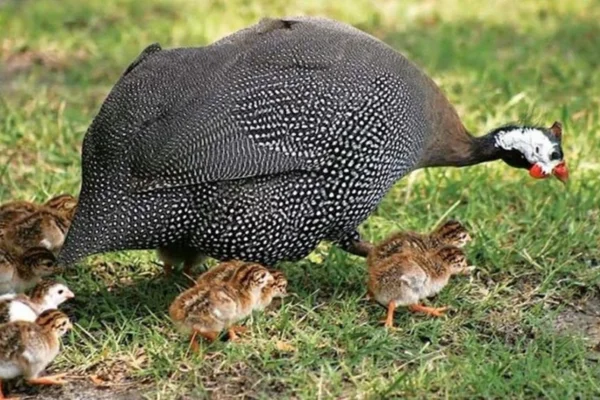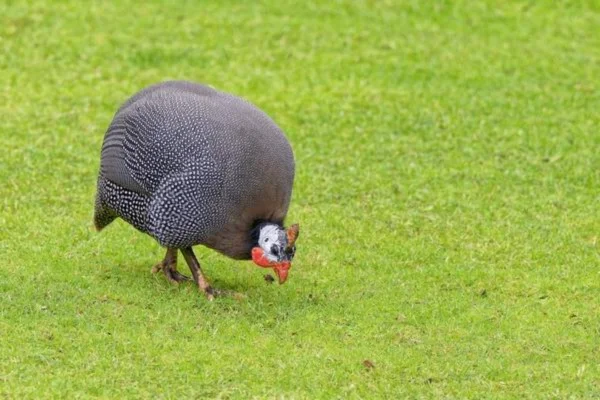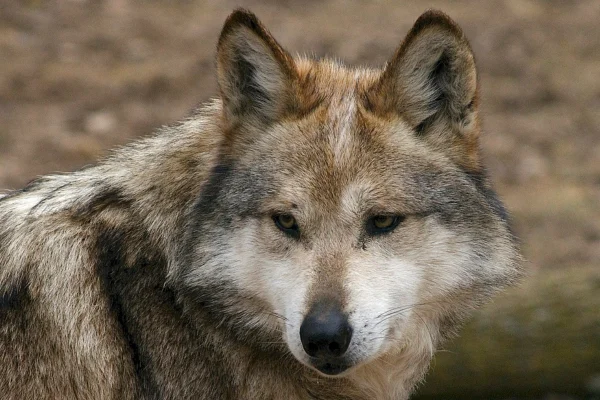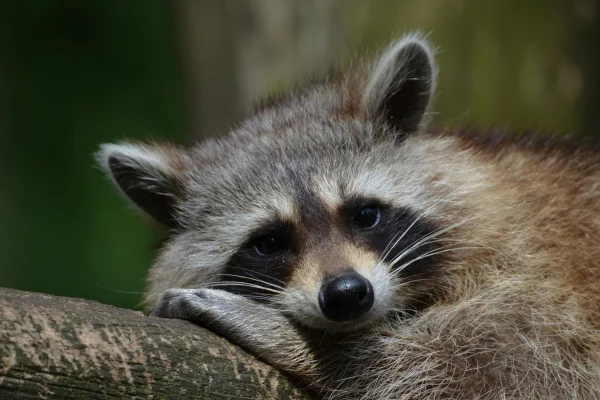The Fascinating Universe of the Angola Chicken: A Poultry Adventure
If there's one bird that can bring an exotic yet rustic touch to any environment, it's the charming guinea fowl. Originally from Africa, this bird has won admirers around the world, especially on farms and in rural backyards. But what makes these birds so special? Let's explore the world of these feathered wonders and discover their characteristics, care and curiosities.
Origin and History
The guinea fowl has a rich history dating back to antiquity. Domesticated thousands of years ago, they spread across the Mediterranean, reaching Europe and eventually the Americas. These birds were valued not only for their tasty meat, but also for their nutritious eggs and their ability to control pests, since they feed on a variety of insects and small animals.
Physical and Behavioral Characteristics
The guinea fowl is a robust bird with dotted plumage that can vary in color, usually blue-grey with white spots. Their rounded bodies and small heads, adorned with a crest or helmet, give them a distinctive, almost prehistoric appearance. They are known for being excellent runners and can fly short distances, although they prefer to stay on the ground.
Contents
One of the most notable behaviors of the guinea fowl is its loud, shrill call, used to alert the group of any danger. This alert behavior makes it an excellent natural guardian, helping to keep predators away from other birds and small animals on the property.
Habitat and Adaptation of the guinea fowl
The guinea fowl is an extremely adaptable bird that can live in a wide variety of habitats. Although it is native to warmer regions of Africa, it adapts well to temperate climates. This is partly due to its ability to find shelter and food in a variety of environments, from open forests to agricultural areas.
However, it is important to provide a suitable environment for these birds in captivity. They prefer open spaces where they can run and forage. It is essential to have a safe shelter to protect them from nocturnal predators such as foxes and wild dogs. In addition, the guinea fowl has a tendency to wander, so it is advisable to fence off the area where they are kept.
Feeding and caring for the guinea fowl
The guinea fowl's diet is very varied and can include grains, seeds, insects and even small vertebrates. In captivity, it is important to provide a balanced diet that includes commercial feed suitable for birds, as well as calcium supplements to ensure the health of the eggs.
In addition to food, fresh, clean water is essential. These birds are relatively resistant to disease, but like all birds, they are susceptible to internal and external parasites. It is therefore crucial to carry out regular worming and inspections to control mites and lice.
Breeding and Life Cycle of this Breed
The guinea fowl is a seasonally monogamous bird, which means that it forms pairs during the breeding season. The female usually lays 10 to 20 eggs, which are incubated for around 26 to 28 days. The eggs have a thick, hard shell, which protects them from physical damage and predators.
The chicks, called "pintados", are very active and independent soon after hatching. However, it is important to provide a warm and safe environment during the first few weeks of life. They grow quickly and reach sexual maturity at around six months of age.
Benefits and uses of guinea fowl
As well as being appreciated as ornamental and pet birds, the guinea fowl offers a number of practical benefits. Its meat is highly prized for being tasty and less fatty compared to other poultry. The eggs are also considered a delicacy, with a creamier texture and a richer flavor than chicken eggs.
These birds are also excellent at pest control. They have a voracious appetite for insects, including ticks, grasshoppers and other small invertebrates, which makes them a natural choice for ecological pest management on farms and in vegetable gardens.
Challenges and considerations
Raising guinea fowl can be a rewarding experience, but it also presents some challenges. One of the most common issues is slow behavior. These birds have a strong tendency to explore and can easily escape from fenced areas if the fences are not adequate. In addition, their loud call can be a nuisance in residential areas, which should be considered when deciding to breed these birds.
Another challenge is management during the mating season. Males can be territorial and aggressive, which requires special attention to ensure that all the birds have enough space and are not intimidated.
Curiosities about the guinea fowl
The guinea fowl has a number of fascinating peculiarities. For example, they have a pneumatic bone structure, which means that their bones contain air. This not only makes them lighter, but also helps them breathe and regulate their body temperature.
Another curiosity is that, despite its distinct appearance and behavior, the guinea fowl is genetically closer to poultry, such as chickens and turkeys, than to other wild birds. This genetic proximity is one of the reasons why they were easily domesticated and integrated into agricultural systems.
Conclusion
The guinea fowl is an extraordinary bird that combines exotic beauty with practical utility. Whether as an ornamental addition to a farm or as a source of food and pest control, these birds offer a number of benefits that go beyond what is normally expected. With proper care and the right environment, keeping guinea fowl can be an enriching experience, bringing not only aesthetic pleasure but also practical advantages to the breeder.
Thank you for visiting us and check out our other work

